Prerequisite: None
Very demanding class
No music reading required
Audio Engineering I is the class where it all starts.
Audio Engineering I is the class that explains and demonstrates all of the foundational elements relating to acoustic sound, analog signal flow, and begins the process of refining the aural skills. This is the "base of the pyramid" and covers a very large amount of ground during the semester. Acoustic and analog sound properties, cables and connections, microphone basics, input channels, console routing and bussing, and aural training.
Audio engineering ear training is very important to the SRT program. Knowing what all of the knobs, meters, buttons and faders accomplish is one thing, knowing WHEN and HOW MUCH to use them is something completely different. There is no "Make It Sound Good" button on any device. If a recording or live performance is sounding bad, you'll need the aural skills to parse the sound into its components and figure out which aspects need to be addressed. This training will change the way you hear, forever.
Audio Engineering I sets the stage for advanced learning and concepts and begins the process of developing a refined, detailed ear.



